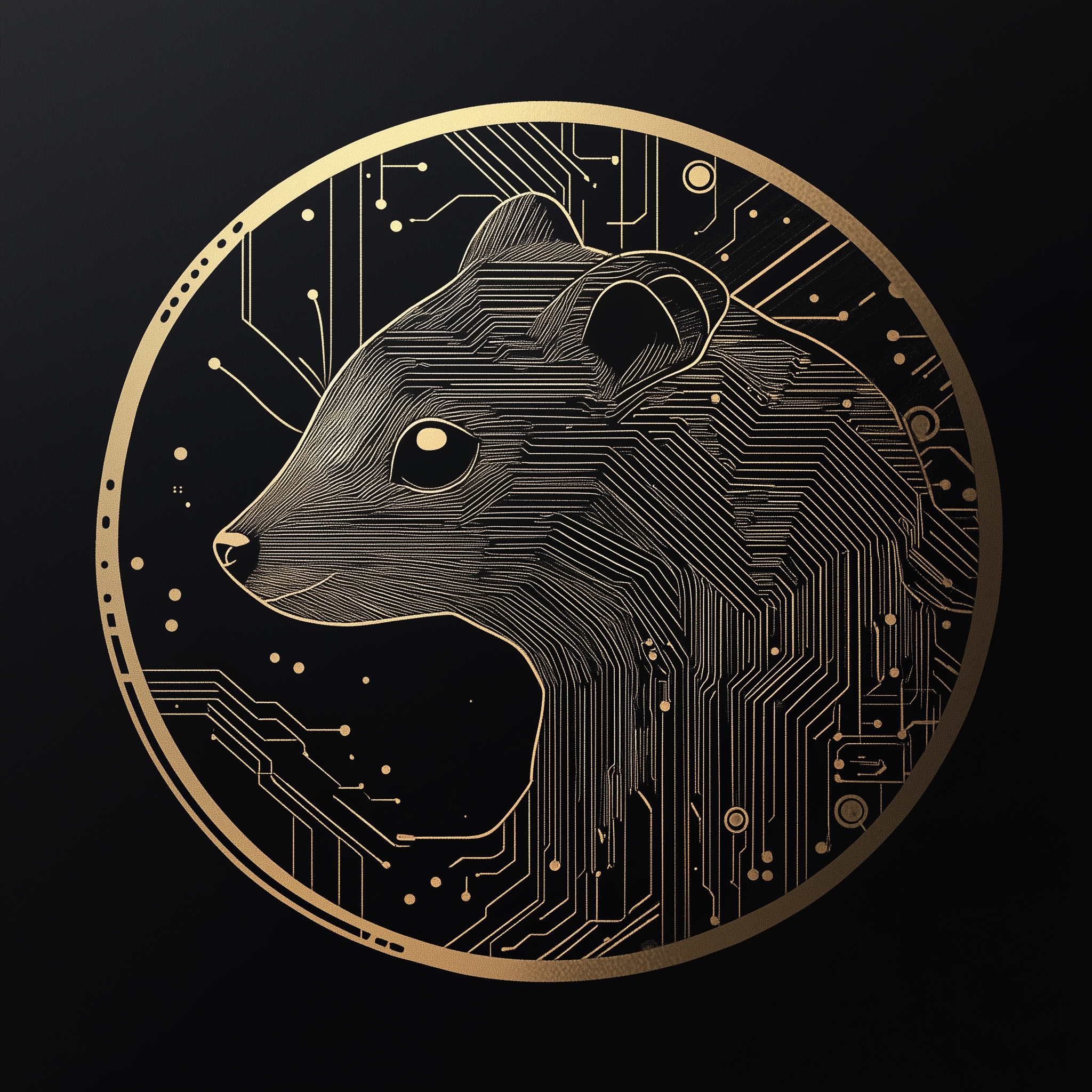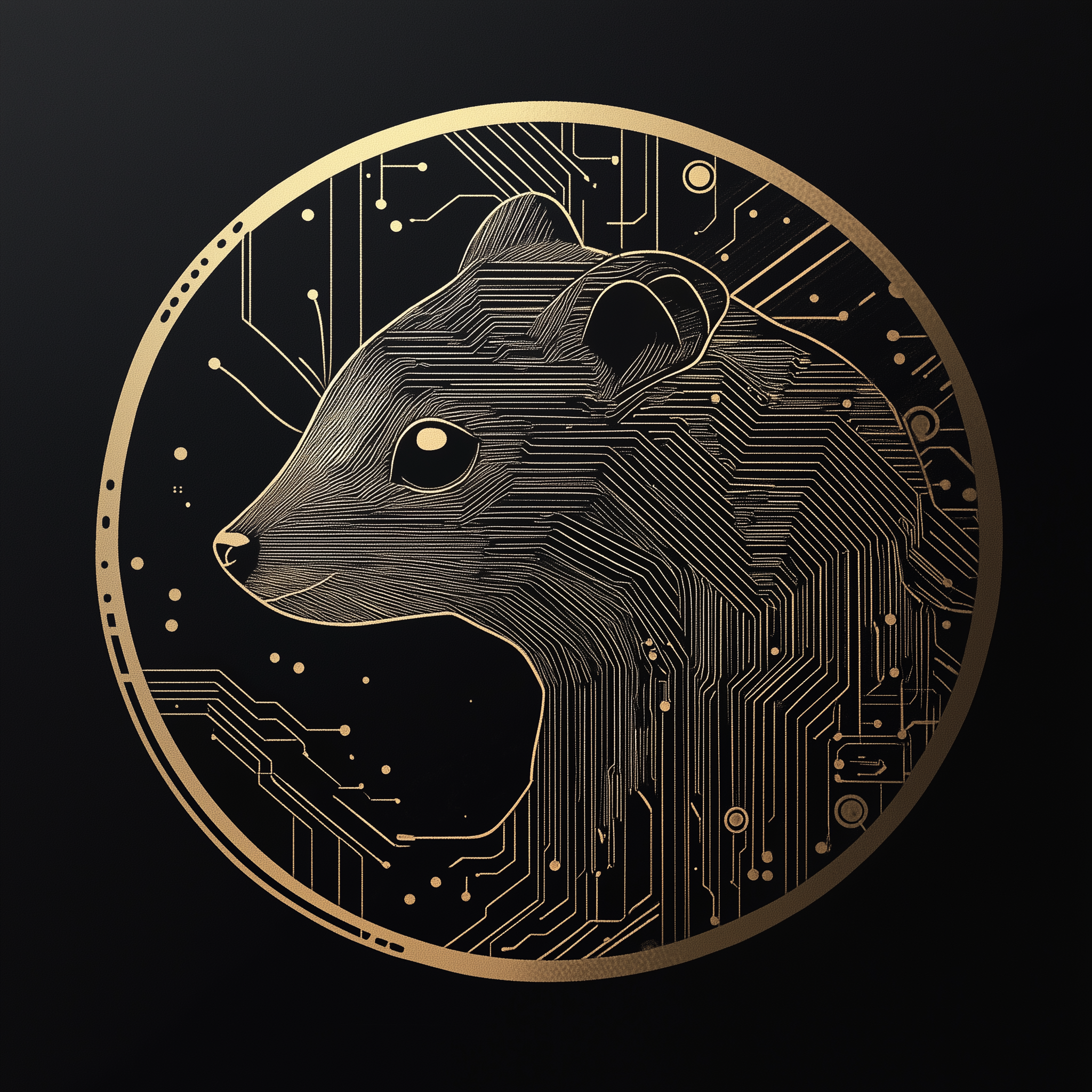The DeepSeek Effect: Why OpenAI’s Latest Moves Prove Competition is King

The AI world has been buzzing with anticipation, and OpenAI didn’t disappoint. After two weeks of relentless media attention on DeepSeek’s groundbreaking R1 model—a lean, cost-efficient AI that reportedly achieved OpenAI-level performance for just $6 million—the pressure was on.
How would OpenAI respond to a competitor that not only undercut its billion-dollar budgets but also raised serious questions about the necessity of expensive hardware like Nvidia’s H100 GPUs?
The answer came swiftly: OpenAI unveiled its o3-mini and a suite of AI agents, signaling a bold pivot toward cost-effectiveness and task-specific innovation. This wasn’t just a reaction; it was a statement.
The competition, it seems, has been the best thing to happen to OpenAI, pushing the company to refine its strategy, cut costs, and deliver tools that are faster, smarter, and more accessible.
The AI arms race is heating up, and for the first time, it feels like the giants of Silicon Valley are being forced to listen—and adapt—to a new era of challengers.
1. OpenAI’s o3-mini: A Cost-Effective Powerhouse for Technical Tasks
- What it offers: The o3-mini is a lightweight AI model optimized for technical tasks like coding, math, and science. It’s faster and more affordable than OpenAI’s earlier models, making it a strong contender for businesses looking to balance performance and cost [1].
- Performance: Outperforms competitors like Claude 3.5 and DeepSeek’s R1 in specialized tasks, but only when set to "high effort" mode. On basic settings, it lags behind in some areas [2].
- Cost: Positioned as a budget-friendly option, it’s cheaper than OpenAI’s previous models and competitive with alternatives like DeepSeek. Free for casual users, with priority access for paid tiers (Plus, Team, Enterprise) [3].
- Premium version: The o3-mini High trades speed for precision, ideal for businesses needing high-stakes technical accuracy [1].
2. Deep Research AI Agent: Your Instant Analyst
- What it does: This AI tool acts like a rapid research assistant, turning hours of work into minutes. It scours the web, analyzes documents, and generates reports—even tackling PhD-level questions [4].
- Pros: Saves time, handles complex queries, and creates citations/summaries [5].
- Cons: Struggles with fact-checking (mixes rumors with facts) and has limited monthly queries for Pro users. Best for businesses needing quick drafts, not final decisions [6].
3. Operator AI Agent: Automating Everyday Tasks
- The pitch: Think of Operator as a virtual assistant for repetitive jobs—booking travel, managing orders, or handling purchases. Released earlier in 2025, it’s part of OpenAI’s push to turn AI into a productivity workhorse [7].
4. Competitive Threats: Rivals Are Catching Up
- DeepSeek (China): Offers similar capabilities to OpenAI at lower prices, with tools like web search and multi-file analysis. A rising star for cost-conscious businesses [8].
- Others: Alibaba’s AI now creates videos, while startups like Kimi focus on creative problem-solving. OpenAI no longer dominates unchallenged [9].
5. OpenAI’s Big Bets
- Stargate Project: A massive $500B partnership with Microsoft and others to build next-gen AI infrastructure. Signals long-term commitment but raises questions about ROI [10].
- Focus on "AI Agents": Tools like Deep Research and Operator aim to make AI indispensable for workflows—think "AI employees" that handle research, logistics, and analytics [11].
6. Challenges for Businesses
- Too many choices: With overlapping models (o3-mini, GPT-4 Turbo, etc.), businesses may struggle to pick the right tool. OpenAI’s vague guidance doesn’t help [12].
- Hidden costs: Faster, smarter AI models require more computing power—budgets could balloon as tasks scale [13].
7. What’s Next?
- Deep Research upgrades: Planned features like charts, images, and premium data integrations could make it a one-stop research platform [14].
- Broader access: Rolling out advanced tools to more users, but quotas may limit heavy usage [15].
The Bottom Line
OpenAI is racing to lead in specialized AI tools and automation, but businesses should weigh:
- Cost vs. precision: Cheaper models work for simple tasks, but premium versions (like o3-mini High) are needed for accuracy [1].
- Competition: Rivals like DeepSeek offer comparable (sometimes cheaper) solutions—shop around [8].
- Agents as productivity boosters: Tools like Operator and Deep Research can cut labor hours but require oversight for errors [7].
While OpenAI’s vision is ambitious, its success hinges on simplifying choices, stabilizing costs, and staying ahead of global competitors. For now, businesses should test these tools for niche use cases—not bet the farm on them.
References
Here’s a breakdown of the sources used in this analysis, so you can explore further:
- TechCrunch: OpenAI Launches o3-mini
- Analytics Vidhya: Generative AI Launches of January 2025
- Bloomberg: OpenAI Releases AI Agent for Online Research
- Sina Finance: OpenAI’s Deep Research Agent
- Digitimes: AI Research Tools Comparison
- NBD: Limitations of AI Research Agents
- Sohu: OpenAI’s Operator AI Agent
- Geeky Gadgets: DeepSeek’s Competitive Edge
- Sina Finance: Alibaba and Kimi AI Innovations
- Bloomberg: OpenAI’s Stargate Project
- TechCrunch: OpenAI’s Focus on AI Agents
- Analytics Vidhya: Model Selection Challenges
- Digitimes: Hidden Costs of AI Models
- Sohu: Deep Research Upgrades
- NBD: OpenAI’s Broader Access Plans
I've had some fun challenging the different AI platforms to write some classic games for me.. here are some samples from the 03 mini high model and Claude..



Member discussion